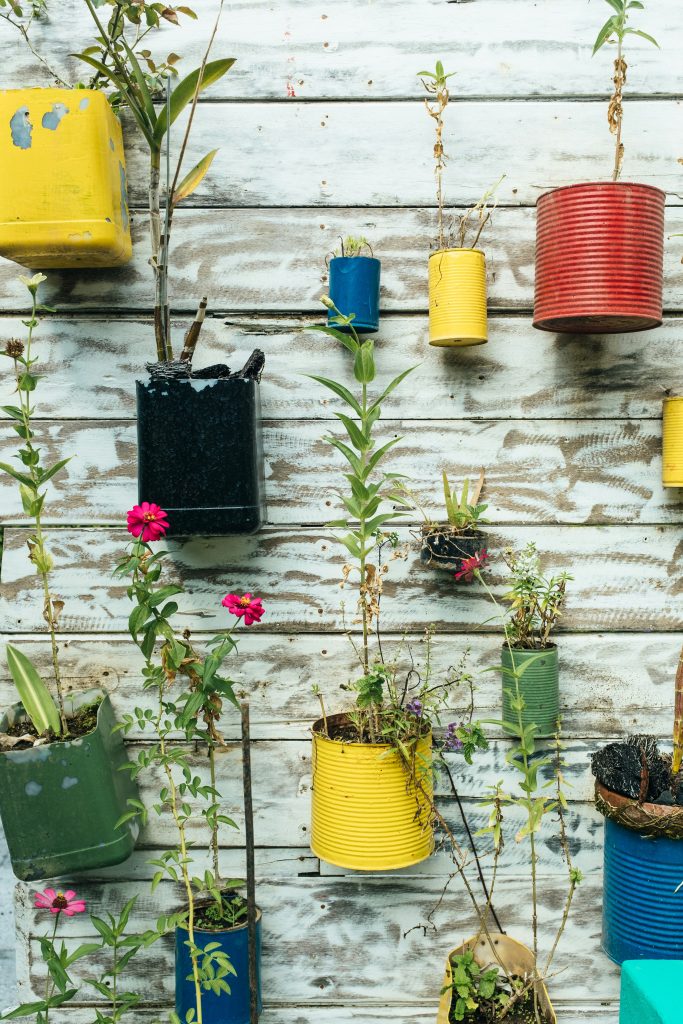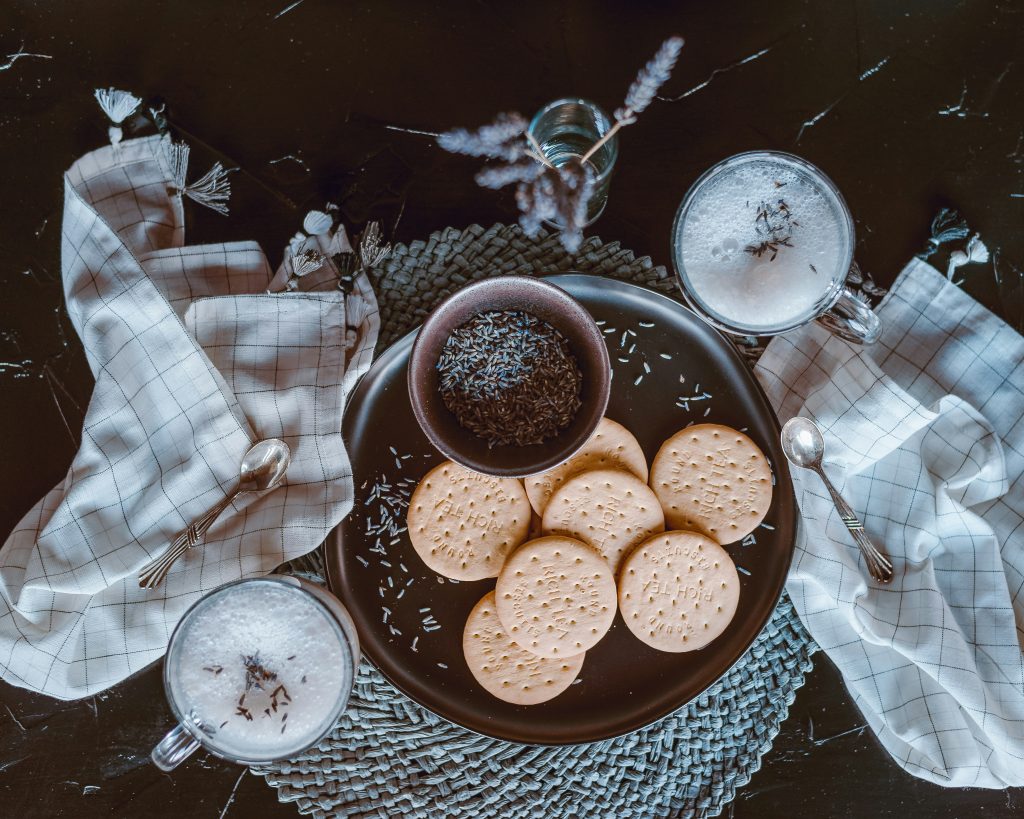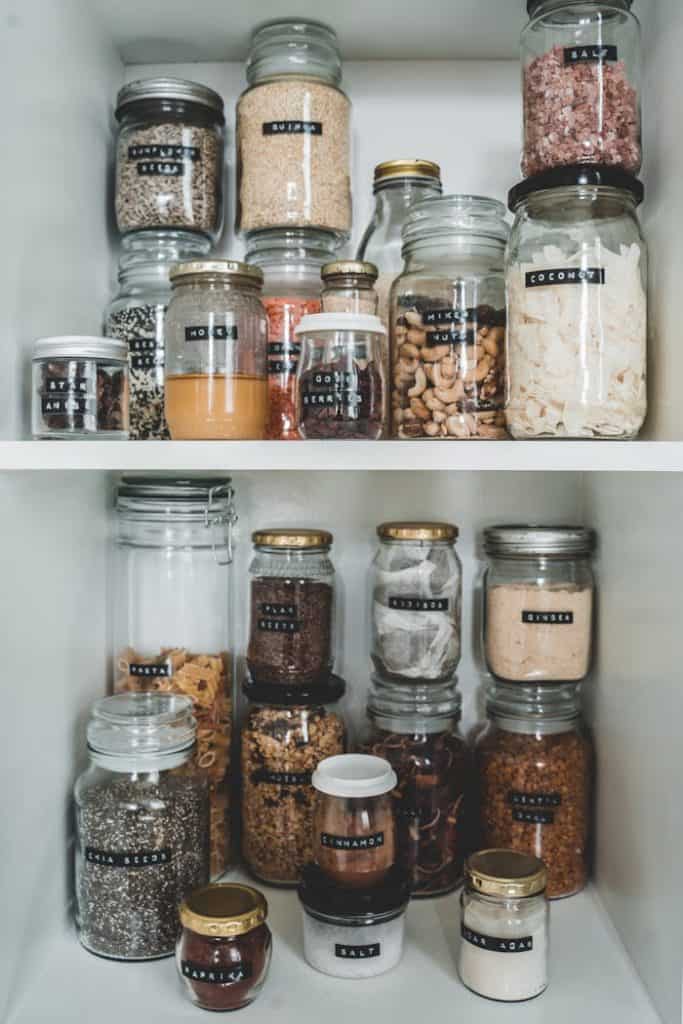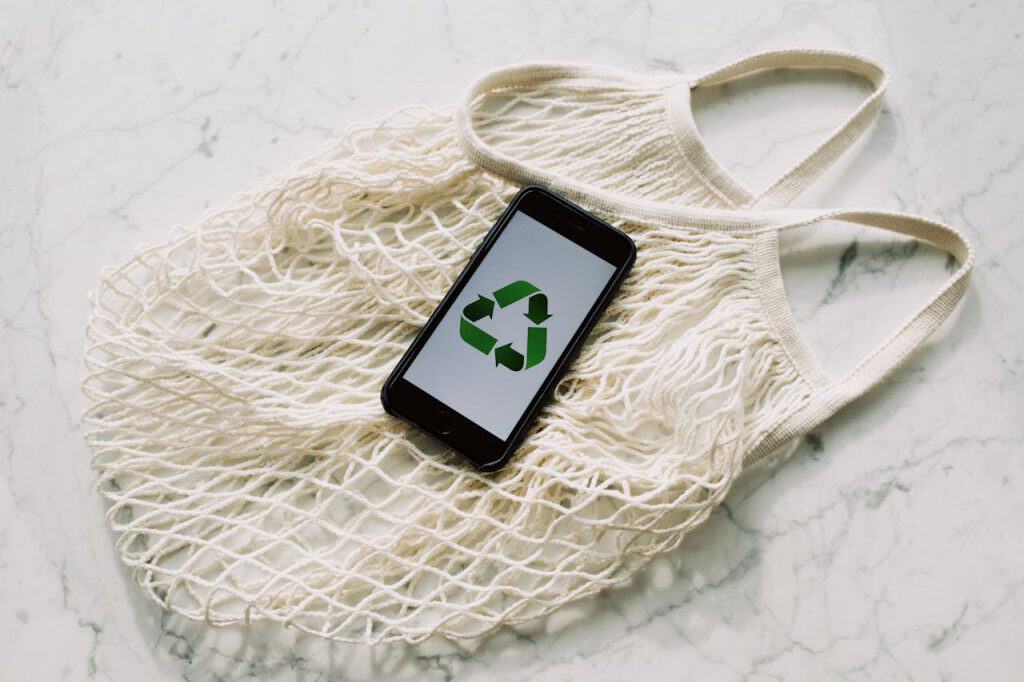Before diving into sustainability, I was focused on cutting back expenses—making my dollars go further while buying less. What started as a way to save money became an exercise in reducing consumption, reusing what I already had, and recycling (or even upcycling!) where I could.

Instead of buying so much toilet paper (gross, I know—but toilet paper shortages are scary!) how could I make do with less? Rather than buying Tupperware containers, could I use things I already had to package food?
I didn’t realize it at the time, but I was starting to think with sustainability principles in mind, framing my actions around reducing my consumption, reusing instead of tossing, and recycling (or even better, upcycling!) where I could.
We stick to old habits unless we’re exposed to new ways of thinking. Here are a few eco-friendly ideas to get you started.
1. Simple Ways to Reduce Waste
The less we buy, the more we save – and the less cluttered our space is overall! By intentionally cutting back, we lessen the demand for new resources and decrease the waste we generate.

Getting rid of single-use paper goods was one of the first places I started. Napkins, paper towels, toilet paper—you use these once and throw them away. Isn’t that crazy?!? Think of all the resources that go into these disposable products.
Here are some easy swaps for reducing single-use waste and adopting eco-friendly habits:
- Buy a bidet! (Honestly, this swap is my favorite.) Don’t be scared. Once you try this, you will never go back. I’ll refrain from going into too much detail but will just say it’s CLEANER than toilet paper and reduces toilet paper usage by A LOT. Granted, I’m only one person, but my bulk pack of toilet paper has lasted me a year.
- Use reusable cloth napkins instead of paper ones. I’d recommend using a dark color. I bought some that were light blue and summery (so cute), but these were stained pretty quickly.
- Swap paper towels for reusable kitchen cloths or cleaning towels. I’d recommend dedicating specific towels for the kitchen versus cleaning. Don’t want my veggies chemically cleaned!
2. Identify Ways to Reuse Everyday Items Creatively
Once you’ve tackled reducing waste in your life, reusing items you already have becomes a natural next step. Thinking about reuse is fun; it encourages you to think creatively. It’s all about giving items a second (third? fourth) life.

Also, a bonus—by stretching out use of that product you can save money! It also stretches the resources that went into making that item go that much further.
Here are some creative reuse ideas:
- Don’t even get me started on jars. When I go to the store to buy groceries, I shop for items that can be purchased in a glass jar over plastic. I love reusing jars from grocery items like spaghetti sauce or minced garlic. These versatile containers are perfect for storing food, craft supplies, and more. You never know when one will come in handy!
- Invest in a reusable water bottle and coffee cup. Some coffee shops might offer discounts for bringing your own mug! I might go into more detail in the future, but you can also think about starting a “Bring Your Own (BYO)” program in your own community.
- Thrifting! From clothing to furniture, thrift stores and online marketplaces are great places to find yourself a new (old) treasure. Admittedly, this is a problem for me. I TELL myself I’m saving because it is secondhand, but I still have to rein myself in.
- Upcycle when you can. I upcycled an old cotton t-shirt that has become the perfect hair towel. Old rags can also turn into your kitchen and cleaning towels!
3. Learn How to Recycle – the Right Way!
When it’s time for things to move on, recycling (or even upcycling) helps to mitigate waste. We all know about recycling, but it’s not so easy to implement—or at least not correctly. Just because you throw something into the recycling bin, it doesn’t mean that it will ACTUALLY get recycled.

Eco-conscious recycling tips:
- Learn your local recycling guidelines. Not all materials are processed the same way, and improper recycling can do more harm than good. If your local area doesn’t accept certain plastics, see if there are specialized facilities nearby. Some companies will take things like plastic bags or coffee pods that your curbside service won’t.
- Rinse containers to avoid contamination. A quick rinse makes a big difference. Many recycling companies will just throw materials away if there is still any product left over.
- This is a big one: avoid “wishcycling”—placing non-recyclable items in the bin with the hope that they’ll get recycled anyway. Check labels and local resources when in doubt.
- Look for creative recycling programs. Some companies or organizations accept hard-to-recycle items like electronics, batteries, and even textiles. I’ll try to come back and do a post on these sorts of programs!
Ready to start?
This list is by no means exhaustive but is just something to get you started. If you’re just beginning your journey, don’t worry about perfection. Small, consistent actions add up over time. Start simple, and you’ll figure out new ways to reduce, reuse, and recycle.
I’d love to hear what creative sustainability tips you have (help me out, haha). What’s the most creative way you’ve reduced/reused/recycled something? I’d love to hear your stories in the comments!
Leave a Reply